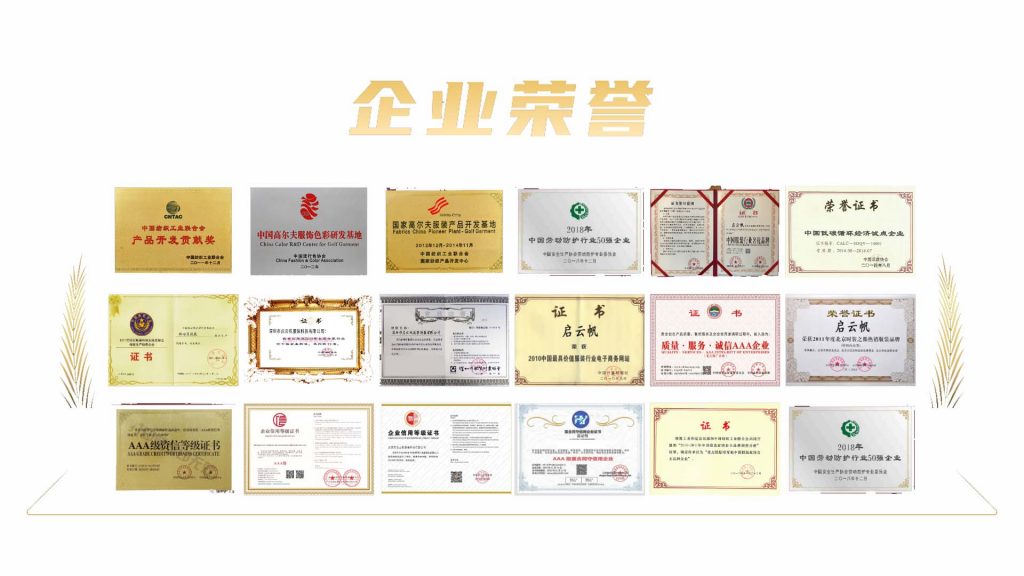
Title: Smart Workwear: Revolutionizing the Workplace with Intelligent Attire
Introduction:
As technology continues to advance, the integration of smart features into various aspects of our lives is becoming increasingly prevalent. One such area is workwear, with the emergence of smart workwear that combines functionality, comfort, and cutting-edge technology. In this article, we will explore the concept of smart workwear, its advantages, and the potential benefits it brings to the modern workplace.
Paragraph 1:
Smart workwear refers to a new generation of intelligent clothing designed to enhance productivity, safety, and overall work experience. These garments incorporate embedded sensors, connectivity, and data processing capabilities, allowing them to collect and transmit valuable information in real-time. From construction sites to office buildings, smart workwear is revolutionizing the way people work, creating safer, more efficient, and healthier environments.
Paragraph 2:
The advantages of smart workwear are numerous. One significant benefit lies in the ability to monitor and improve workplace safety. Built-in sensors can detect hazards such as temperature extremes, toxic substances, or sudden impacts, alerting workers to potential dangers and reducing the risk of accidents. Real-time monitoring of physiological data, such as heart rate and body temperature, can also provide early warning signs of fatigue or stress, allowing for timely interventions to prevent health issues.
Paragraph 3:
Another advantage of smart workwear is increased productivity. Intelligent features, such as proximity sensors or GPS tracking, can optimize workflow and streamline operations. Workers can receive prompts or notifications directly on their clothing, eliminating the need for separate devices or constant interruptions. This seamless integration of technology facilitates faster and more uninterrupted work, leading to improved efficiency.
Paragraph 4:
Comfort plays a crucial role in any work environment, and smart workwear takes this into consideration. The fabrics used in these garments are often breathable, moisture-wicking, and stretchable, ensuring ease of movement and ventilation. Additionally, smart workwear can monitor environmental conditions and adjust internal temperature or humidity accordingly, providing optimal comfort for workers throughout their shifts.
Paragraph 5:
Data collection and analysis are integral components of smart workwear. The sensors embedded in these garments continuously gather data on various parameters, such as posture, body movement, and energy expenditure. This data can then be analyzed to identify potential areas for improvement in terms of ergonomics, task allocation, or workflow optimization. By utilizing this valuable information, companies can make data-driven decisions to enhance their operations and promote employee well-being.
Paragraph 6:
Privacy concerns are a crucial aspect to consider when discussing smart workwear. It is imperative that companies prioritize data protection and transparency, ensuring that employees have control over the type and extent of data collected. Clear policies and strict encryption protocols should be in place to safeguard sensitive information and maintain employee trust.
Conclusion:
Smart workwear represents a remarkable advancement in the world of workplace attire. With its ability to enhance safety, boost productivity, and improve overall comfort, this intelligent clothing revolutionizes how we work. By harnessing the power of sensors, connectivity, and data analysis, smart workwear brings a new level of efficiency and effectiveness to various industries. However, it is essential to approach the implementation of smart workwear with careful consideration for privacy and data security. Done correctly, smart workwear has the potential to transform the modern workplace into an environment that is not only technologically advanced but also safer, more efficient, and conducive to employee well-being.
今天关于智能工作服就聊到这里哦,有更多智能工作服相关咨询请联系启云帆服装哦!
